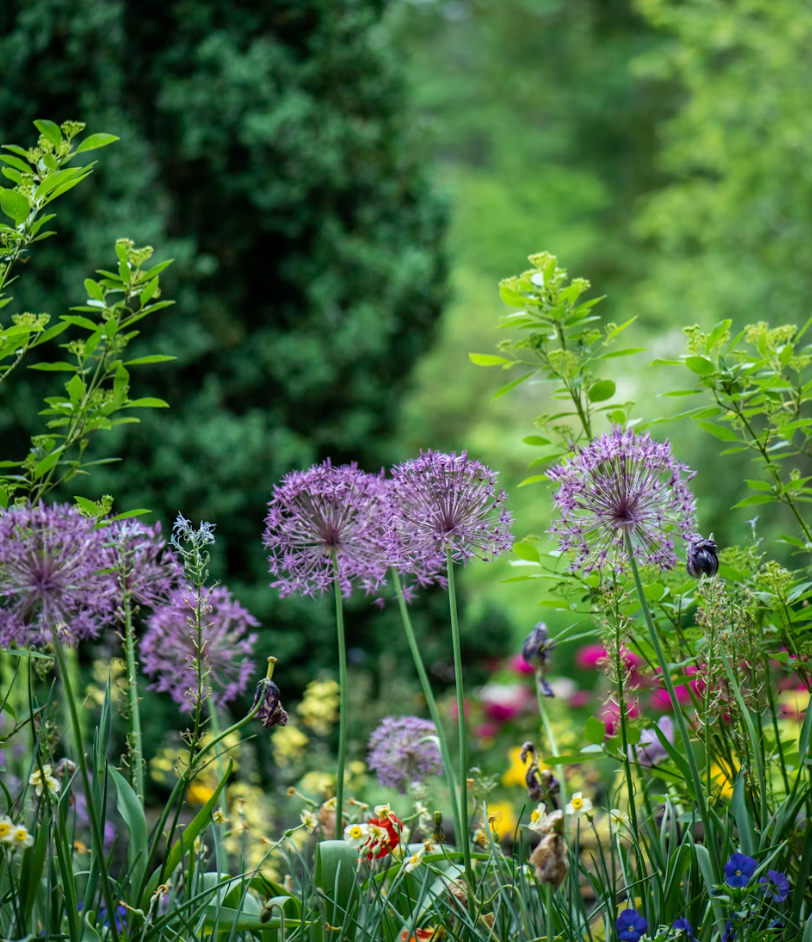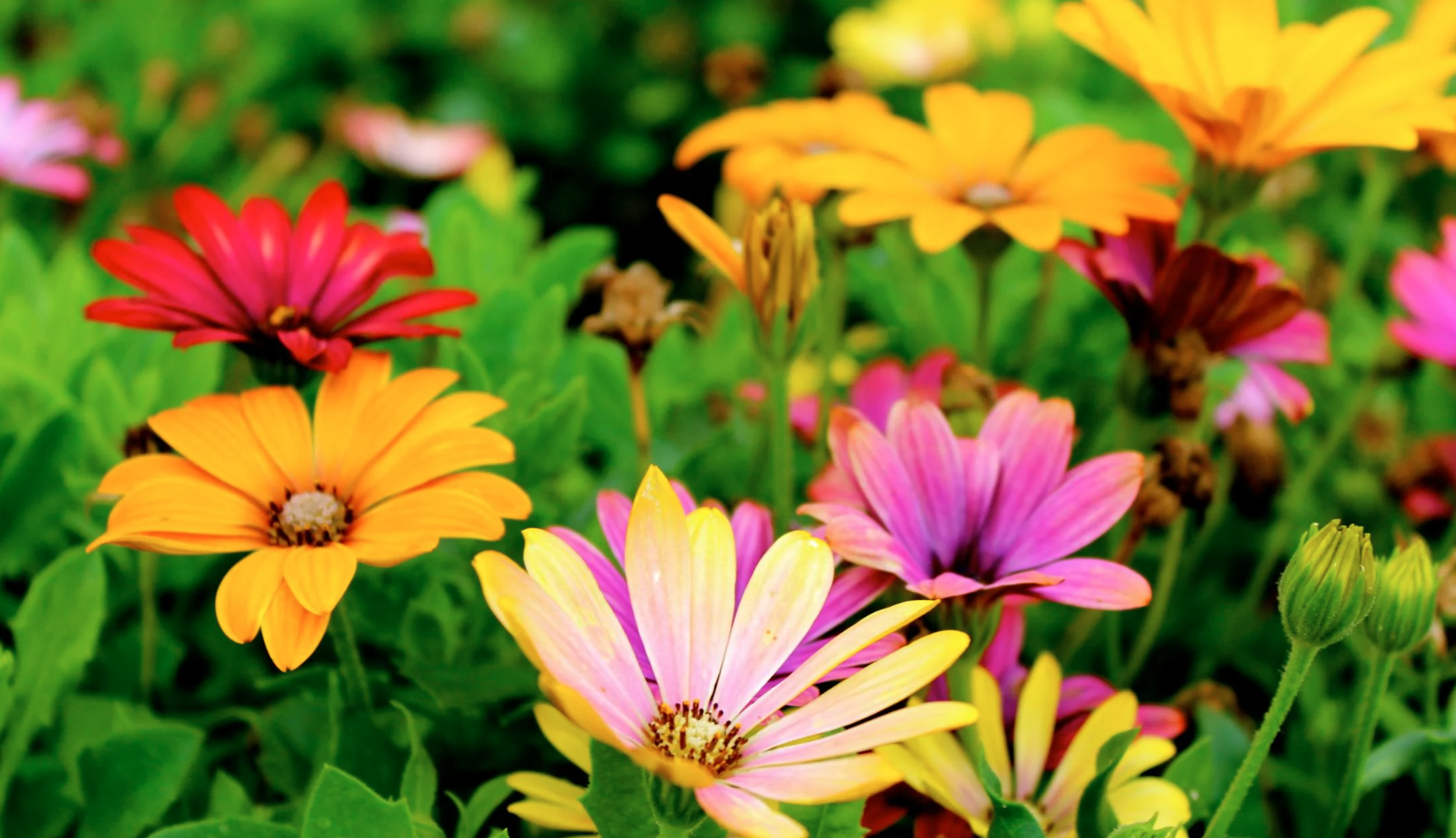

Sustainable landscaping is taking center stage in 2025, with trends that balance beauty, climate resilience, and low water use. From evolved xeriscaping to smart garden tech, this guide explores the top ways Colorado homeowners can create thriving, eco-friendly outdoor spaces built for the future.





Lorem ipsum dolor sit amet, consectetur adipiscing elit. Suspendisse varius enim in eros elementum tristique. Duis cursus, mi quis viverra ornare, eros dolor interdum nulla, ut commodo diam libero vitae erat. Aenean faucibus nibh et justo cursus id rutrum lorem imperdiet. Nunc ut sem vitae risus tristique posuere.
As the world becomes more aware of the impact of our choices on the environment, our gardens and landscapes are beginning to reflect that consciousness. In 2025, outdoor design is taking a bold yet thoughtful turn—incorporating trends rooted in sustainability, personalized aesthetics, and natural harmony.
For homeowners across Colorado, the challenge is unique: how do we design beautiful outdoor spaces that are drought-resilient, environmentally sensitive, and practical year-round?
At Green Landscape Solutions, we’ve spent over 20 years helping people do just that. Below, we explore the top garden design trends for 2025 and how you can incorporate them into your outdoor space—without sacrificing style or sustainability.

While xeriscaping has long been essential in dry regions like Colorado, 2025 brings an evolved version of this sustainable approach. Instead of sparse, rocky expanses, today’s xeriscape designs integrate layered textures, blooming natives, and pollinator-friendly perennials.
Expect to see:
Why it matters: Xeriscaping dramatically reduces water usage and maintenance, which is critical in Colorado’s semi-arid climate—and it's better looking than ever before.
Today’s most popular gardens are informal, diverse, and full of movement. These designs often look “wild,” but they’re anything but unplanned. Carefully curated species selection and layout allow plants to intermingle in a way that mimics natural ecosystems.
Expect to see:
This trend isn’t just about beauty—it’s also about biodiversity. These gardens attract bees, butterflies, birds, and beneficial insects, turning your yard into a thriving ecosystem.
Garden trends in 2025 are rooted in practicality. With increasing weather extremes—droughts, heatwaves, fire risks—landscape design must be resilient.
That means:
At Green Landscape Solutions, we integrate these elements into every project to ensure long-term success—balancing beauty with ecological responsibility.
With more people living in urban environments and choosing to make the most of compact spaces, vertical gardening continues to rise—literally.
Creative applications include:
These features not only make efficient use of space but also add shade, texture, and a sense of lushness in tight quarters.
Hardscapes are trending toward sustainability too. Expect to see:
Even the plants you choose can be part of the sustainability equation. Opting for regionally adapted species lowers the need for irrigation and fertilizers—resulting in a garden that thrives naturally.
From soil sensors to automated irrigation controllers, gardens are getting smarter. Homeowners want convenience without sacrificing environmental responsibility.
Key tech elements include:
Green Landscape Solutions offers integrated smart systems that reduce water use and improve plant health—ideal for clients looking to balance high design with high function.
Xeriscaping specifically focuses on drought-tolerant plantings and water conservation. Low-maintenance landscaping includes xeriscaping but may also refer to choices like reduced lawn space, perennial beds, or smart irrigation.
In most cases, yes. Native plants are adapted to Colorado's climate, soil, and wildlife. They often require less water and care, and they support local ecosystems.
Absolutely—with the right planning. Using cold-hardy climbers and installing irrigation systems designed for vertical growth can yield long-lasting, attractive results.
Smart systems optimize watering schedules and reduce waste. Over time, this lowers your water bill and reduces plant stress, meaning less replacement cost.
A climate-resilient garden includes fire-wise plant spacing, drought-tolerant species, and smart water management. It’s about designing for long-term adaptability to climate extremes.

Contact us today to schedule a consultation and take the first step towards increasing the value of your property.